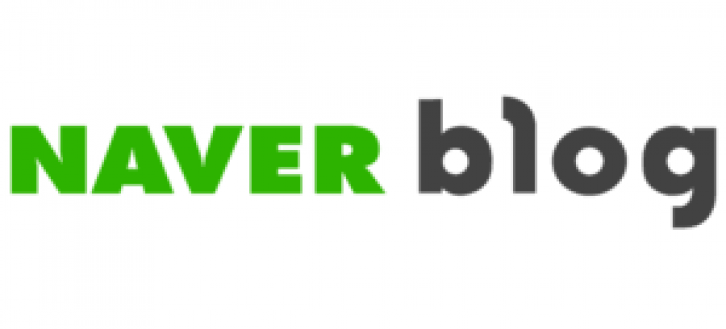In contrast to the majority of other countries, Korea uses Naver more frequently than Google. The ability to be found in Naver is crucial for brands. How can businesses like yours accomplish this? The quantity of user-generated content (UGC) on Naver’s search engine results page (SERP) stands out as one of its distinctive features. The Naver SERP prominently displays Naver services like Naver Blog (comparable to Medium), Naver Cafe (comparable to Facebook Groups), etc. Even websites are not listed above Naver Blogs and Cafes in the SERP for terms like “NFT”. As a result, businesses either launch their own Naver Blogs or commission third parties to write about them.
Besides Blog and Cafe, Naver also has services like Naver Shopping (similar to Google Shopping), Q&A (similar to Quora), Webtoons and many more.
About Naver Blog
Naver Blog is the market leader in Korea with 28 million blogs. This is the official link to Naver Blog: https://section.blog.naver.com/. Naver Blogs usually have the following URL: https://blog.naver.com/punchkorea for PC and https://m.blog.naver.com/punchkorea for mobile.
You can download the official Naver Blog logos from the Naver Blog site, or take them from their app listings on Android or iOS (links are below). Also, you can download the Naver logos and icons from here: https://logoproject.naver.com/logonaver. If you are a designer, you can even suggest a logo to Naver!
Source: https://logoproject.naver.com/detail?seq=1215
How to use Naver Blog
How can you register or login to Naver Blog? You need to sign up for a Naver account first. Follow the link to see how to sign up: https://www.loom.com/share/f935e22c85194457ac174aec768cb3e2.
Important: the username that you choose will be the Blog ID (for example, our username is “punchkorea”). To login, simply click the green button (screenshot below) and type in your ID / email address and password. Recently, Naver Blog allowed you to change the ID.
There is also a Naver Blog API and you can use it, for example, to backup blog posts and investigate backlinks. Link to APIs: https://developers.naver.com/docs/serviceapi/search/blog/blog.md and https://developers.naver.com/docs/common/openapiguide/.
Naver traffic in Analytics
How do you know if your website is getting traffic from Naver Blog? When people click from a Naver Blog to your website, you can see the following information in Google Analytics:
- m.blog.naver.com / referral (mobile traffic)
- blog.naver.com / referral (PC traffic)
Here is how to find this information – screenshot is below:
- Go to “Google Analytics”
- Go to “Acquisition”
- Go to “Source / Medium”
- Use a filter if necessary
In the screenshot above, I used a filter to show only Naver Blog traffic. Want to get more traffic to your Naver Blog? Check out this blog post: https://punchkorea.com/naver-blog-traffic/.
Naver Blog in English
Want to read Naver Blogs in English? That is possible. On PC, you can just use the “Google Translate” extension if you are using Chrome or Safari. On mobile devices, there is a button to change the language of text on Naver from Korean to English or Chinese. Follow the link below to find out how.
Download the Naver Blog app
Naver Blog is also available as an app on Android and iOS devices. Below are the links.
Android: https://play.google.com/store/apps/details?id=com.nhn.android.blog
Conclusion
Prior to writing material for a Korean audience, keyword research in Korean is crucial if you want to drive traffic to your Naver Blog. It is advised to use tools like Naver Keyword Planner to identify (long tail) nuggets of information and do keyword grouping as Google Keyword Planner frequently misses significant keywords.
Second, getting your blog officially recognized by Naver might help your blog entries rank higher. Naver gives verified blogs an “official” checkmark. To get your blog verified, it could be essential to register your business in Korea.
Finally, translating blog posts typically has a worse performance than developing new content specifically for the Korean market.





Great insights on using Naver Blog effectively! I found the tips on increasing traffic really helpful, especially the emphasis on optimizing for English-speaking audiences. Looking forward to trying out the app features mentioned!